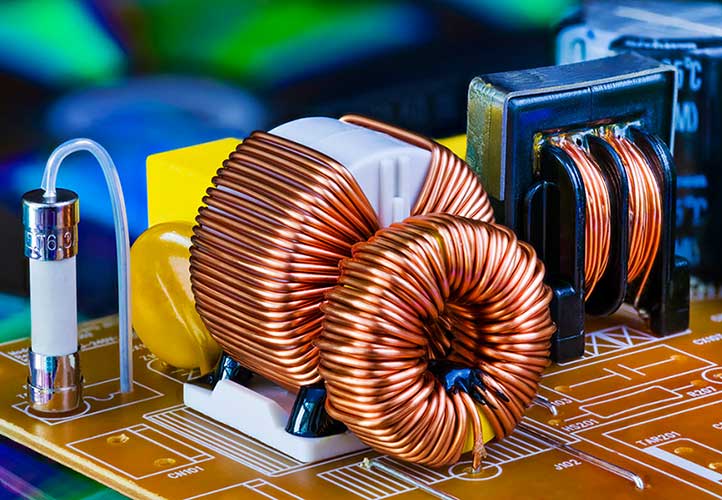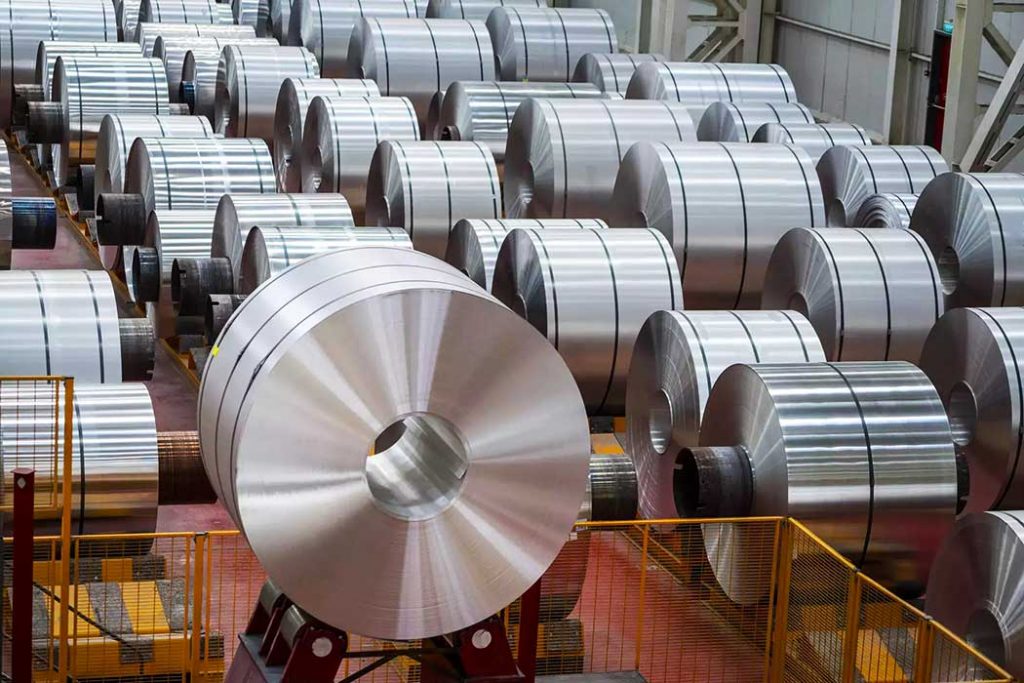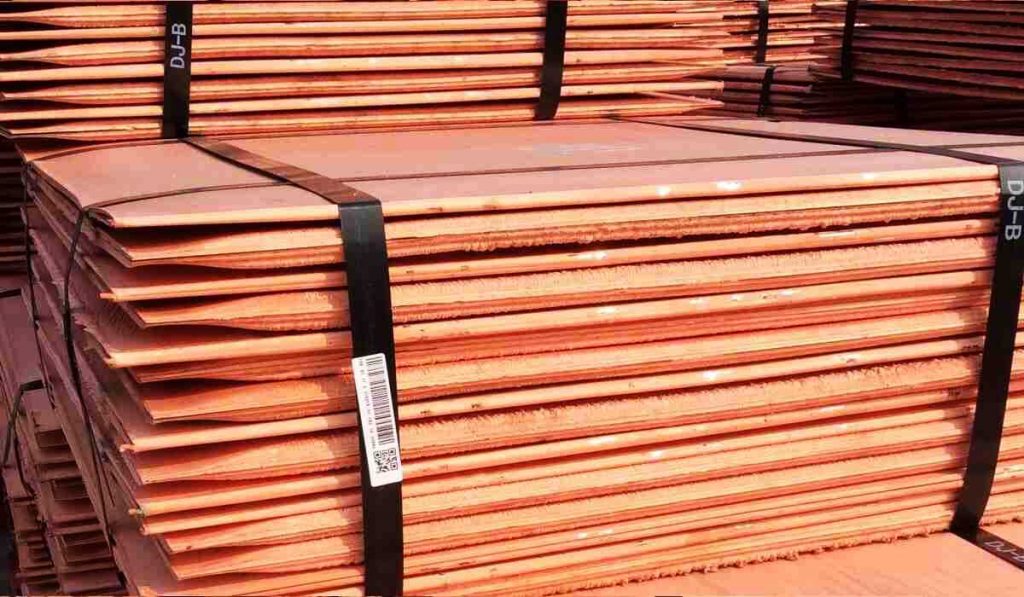Others
Copper is one of the most versatile metals in the world and since humans started using it more than 6000 years ago its applications have continuously increased.
Pure copper has the best electrical and thermal conductivity of all commercial metals. Today, more than half of the copper produced is used for electrical and electronic applications. Apart from wires and cables, many other electronic and electric devices use copper in their structures. Copper is rolled, punched and molded to make components such as transformer winding, plug-type connectors, terminal strips, plugs and sockets. Copper products are also used in household appliances. On the other hand, technologies such as computers, mobile TVs and portable electronic devices have become the main consumers of copper in recent decades. Among the uses of copper in these devices, the following can be mentioned: electronic connections, wiring and circuit connections, printed circuit boards, microchips, semiconductors, magnetron or vacuum lamps in microwaves, electromagnets, vacuum tubes, commutators or switches, welding electrodes, fire sprinkler systems, heat sinks, etc.

Copper has anti-bacterial properties and it was known to humans for thousands of years. The use of copper in medicine is very wide. Copper’s ability to fight bacteria and microbes makes antimicrobial applications of this metal possible in several industries. In addition, copper can be a highly effective antimicrobial surface in healthcare environments where the risk of infection is higher. Copper surfaces and copper-infused protective gear can significantly limit the spread of deadly respiratory viruses. Copper is one of the most reliable materials in the world to create a natural shield against electromagnetic radiation. This is mainly because copper can protect us from radio frequencies and magnetic waves. Copper is used in medicine to shield electromagnetic radiation for a variety of common applications such as hospital MRI machines, computer equipment, and server rooms.

Copper can improve the chemical properties of steel by increasing its resistance to corrosion. This alloying element is continuously added to steel in small amounts. A high amount of copper can help prevent rust. Corrosion-resistant steels have relatively high amounts of copper compared to standard carbon steels, which are typically used in environments where corrosion is expected. Copper improves the mechanical properties of steel by making it hard aging. Copper is found in very small amounts in various steels. In low-carbon steel, its weight values are usually less than 0.4%. For example, ASTM A36 has the highest permissible amount of copper, which is 0.2%. Higher amounts of copper are found in corrosion-resistant steels and other types of low-alloy steels, such as ASTM A588 and ASTM A440.
Copper is an important part of the transportation industry. The main components of airplanes, trains, cars and boats, radiators, brake pads and pipes, bearings, bushings, carburetors, oil lines, diesel locomotives, electric trains, trams and devices for switching and sending signals are all dependent on copper. Copper radiators and oil coolers have been used as the industry standard in cars since the 1970s. Recently, the increasing use of electronic components including onboard navigation systems, anti-lock braking systems and heated seats has increased the demand for copper metal in these sectors.

Copper can be used in many other applications. Cooking appliances; The thermal properties of copper make it an ideal metal for making cookware such as pots and pans. Watches and wristwatches; Since copper is a non-magnetic metal, it does not interfere with the performance of small mechanical devices, as a result, watchmakers use copper pins and gears in the design of watches. Art; Copper and its alloys are widely used in the construction of works of art, perhaps the most famous of which is the Statue of Liberty in America. Solar Panels; These systems have parts made of copper, which is necessary for their operation. For example, solar collectors or absorbers. The tendency towards the use of copper metal in building construction as a material for installation, wall construction and roof construction is increasing. In hydraulic engineering, copper is used in dam openings, dam valves and bridges.
ITAD offers high-quality copper cathodes suitable for these various applications.
ITAD is proud to provide high-quality copper cathodes with accurate chemical analysis ideal for manufacturing various copper alloys.
ITAD
